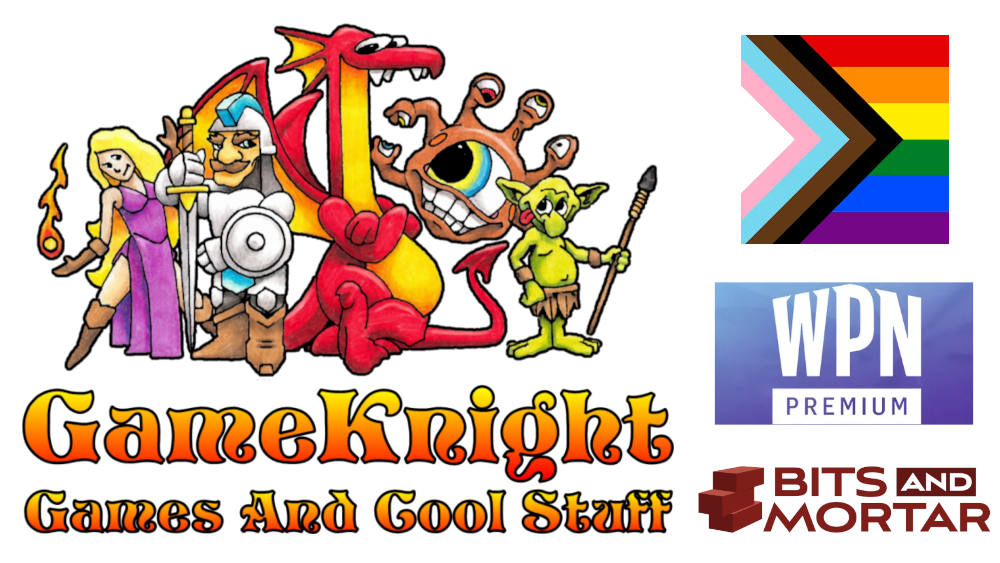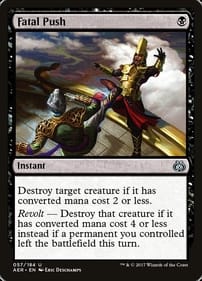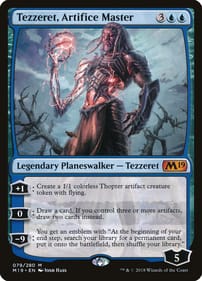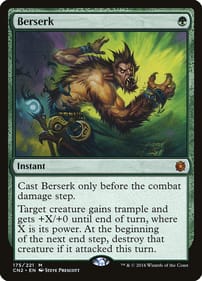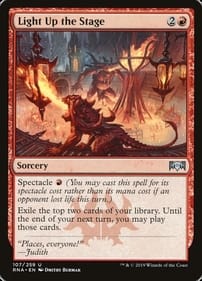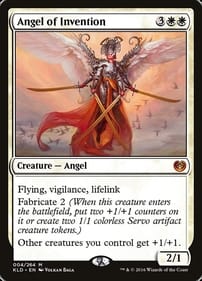The nights grow long and the days cold as we retreat indoors for a warm respite. We seek comfort and comradery amongst our families and friends, but once in a while, we need a distraction to stave off the cabin fever. Something new. Something fresh.
I have just the thing in mind for you, if something novel is what you seek. Have a seat by the fire, rest your feet, and listen a spell as I tell you a tale about the world of Rathe.
What is the Flesh and Blood TCG?
Created by Legend Story Studios in New Zealand, Flesh and Blood (commonly called "FaB") is a hero-centric game where you and an opponent pick a character and battle for supremacy over each other. Unlike most TCGs, FaB actually starts you off at your most powerful. You equip your hero with a Weapon, a Helm, Chest piece, Arms, and Leg armor. This equipment can provide you with performance boosts but more often than not they provide temporary defenses against your enemy's attacks.
After determining turn order, players alternate between attacking and defending, playing Actions to further their strategy or hinder their opponents, while racking up strings of attacks (called "Combat Chains") to land the finishing blow.
Flesh and Blood uses familiar classes and archetypes to make understanding the gameplay easier. Warriors care about swinging hard and often with their weapons. Guardians defend and try to outlast their opponents. Ninjas attempt to dodge and defeat their opponents with a thousand cuts. Brutes try to frighten their opponent with fast, reckless, hard hitting attacks.
The fast nature of the game means that every turn is a tense tug of war as you and your opponent duke it out to see who comes out on top! One turn may see you winning by a large margin, but a combo set up by your opponent turns ago can see your life points dwindling faster than you thought possible! There are always decisions to make turn after turn with cards having multiple uses, and the game can get pretty intense as you try to eek out every advantage possible.

Example of a Hero Card
What sets Flesh and Blood apart from other TCGs?
While there are many qualities that make FaB stand out, one of them is in the name itself: Flesh and Blood. The game was named such because Legend Story Studios has zero plans to ever digitize the game. They want their game to be played in Local Game Stores, using real physical cards.
One great aspect to FaB is that you can try the game out completely for free before you find out whether you like it or not! Legend Story Studios provides a free, printable PDF of their Ira Welcome Deck to help you get started with their game. Simply get some sleeves and bulk cards you're not using from another game (such as some basic playing cards), print out the cards on paper, and slide them into a sleeve in front of that bulk card. Presto, you're ready to play! Do it a second time and have a mirror match with your friends and family to try and get them into FaB, too!
One of the most striking aspects of card design in FaB is the fact that cards are used in multiple ways, to the point where rarely is a card ever a "dead draw" sitting up taking space in your hand. You can pitch a card to generate resources, or play the card to gain its effects, or discard the card to defend against an incoming attack. You will constantly be making micro-decisions every time a new card is played, and sequencing your plays to get the most out of your deck.
One other aspect I've come to love about FaB that other TCGs have unfortunately trained me not to do, is to look at the commons in a set. Common-rarity cards in Flesh and Blood are rarely chaff to be thrown aside, as different classes or builds of given heroes may use different cards. You can build a deck entirely with commons and be able to enjoy a fairly balanced experience! Of course, the caveat to this is that the rarest of cards can be expensive due to their rarity (it's a TCG, there's always chase cards, after all!). While these cards can be powerful, they aren't necessary to be able to do well in FaB. The most expensive cards are usually equipment cards or Legendaries, which you only ever need one of, and even if you can't get them, their overall impact on the game doesn't break balance.
Deck-building constraints are easy enough to understand, as well. You can add to your deck any cards that match your hero's class as well as any Generic cards to craft your deck. A Ninja can only use Ninja actions, and a Wizard can only use Wizard actions, and so on. This makes each class unique in how it plays, as you can't mix and match across classes (outside of Generic cards). This does get a little more complicated with the most recent sets such as Monarch and Tales of Aria that add even more card types, but we'll talk more about those in a future article.
Each hero has either a passive or activated ability (sometimes both!) that defines what strategy you can build for, though often most heroes can be built with more than one strategy in mind. This helps make your deck building choices feel less nebulous, as you always have a clear goal to build towards when working on a new deck. For example, Guardians usually want to set up a big turn where they hit with one heavy hit that punches through an opponent's defense, but they can also be built as a control deck instead that slows your opponent down and deprives them of resources in a war of attrition. We'll go more into this topic when we discuss the different Heroes in a future article.
One of the more unique parts of the game is that nearly every card comes in three varieties: Red, Yellow, or Blue, which are denoted by a coloured stripe at the top center of a card. These colours are important, as they give you a quick overview of what the card is generally trying to do. Red cards always pitch for 1 resources, but have the most powerful effects, while Blue cards always pitch for 3 resources (the maximum a single card can generate) but it's effects are much weaker. Yellow cards sit in the middle. You balance your deck between the three "ranks" of cards as you try to find a balance between powerful effects and cards that can help you pay to play those effects. Most players will trend towards either Red or Blue, as Yellow cards, despite being the most flexible, are often middle of the road and not nearly as powerful as either of the other two colors. Deck building becomes a game of finding the right balance between what your cards pitch for and how much they cost to play them.
What to consider before buying in?
Flesh and Blood is like many trading/collectible card games. There are always going to be chase cards in the boosters at high rarities, and these cards will carry a high price point. Cards with Legendary or Fabled rarity are exceptionally rare and command high prices on the secondary market. These include things such as Legendary equipment that are specific to each hero. While these rare cards are not necessary to play or to win, they do provide slightly improved deck consistency and increase your odds of winning. If the idea of spending $100+ on a single card doesn't appeal to you, then you can safely ignore chasing after these exceedingly rare cards. Fortunately, you can make competitive decks with just Commons and Rares.
Core sets tend to be "insular", in that the cards you pick up from them (outside of Generic cards) only work with the classes in that set. Welcome to Rathe only has Brute, Guardian, Ninja, Warrior, and Generic cards; Arcane Rising only has Mechanologist, Ranger, Runeblade, Wizard, and Generic cards; and so on. In general, you'll be focused on buying cards from a specific set. While there are "Supplemental Sets" like Crucible of War that provide cards for all classes, they contain only 10 cards instead of 15 like a core set. This means if a product is unavailable, you're going to have a hard time acquiring cards for your hero.
As a result of boosters being split between the 3-4 available classes in a given set, opening boosters is not the best way to build a deck (though, that said, a booster box gives you more than enough playable cards that you could build a couple decks out of one!). You'll often only get a handful of cards for the class that you want, so if you're chasing Warrior cards, then every non-warrior card in a booster has no use for you
Flesh and Blood is a fun game, but it falls into a few of the pitfalls that affect every trading card game such as chase rares and a need for a robust secondary market to get the cards you want. The initial low cost to buy in compared to other TCGs, with their booster boxes and Blitz decks being some of the cheapest products on the market, as well as Commons being generally playable cards, reduces the sting one might normally feel in this situation.
Where to Start?
With all that said, getting into Flesh and Blood is as easy as picking up one of the Blitz decks that LSS makes for the game. You can even see what we have in stock here. Blitz is the primary "casual" format of the game, usually taking between 10 to 20 minutes to play a single match. It is by far the most accessible way to get into the game, and learning it takes about as long, too!


Boltyn Light Warrior Blitz Deck
If you're still not sure whether you'd be interested in the game or not, I encourage you to check out some videos online of game play or even ask one of our qualified Card Counter employees to give you a quick demo of the game at the counter.
Alternatively, if you're the kind of person who would rather engage with the game and build and explore decks on your own, Booster Boxes are an affordable option that will give you a reasonably large collection to start building a couple decks.
Up next, we'll discuss the basics of the game and how to play your first match.

